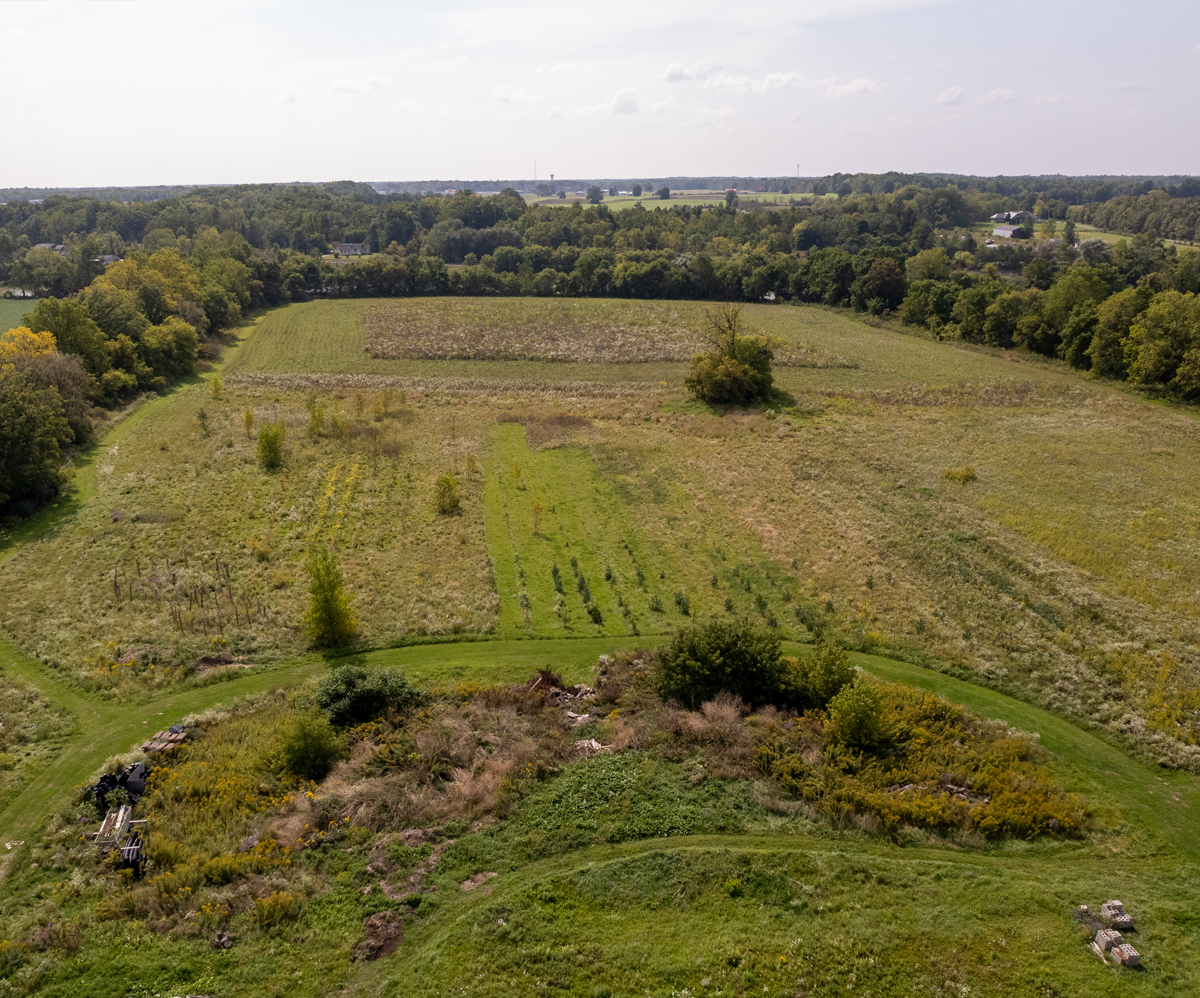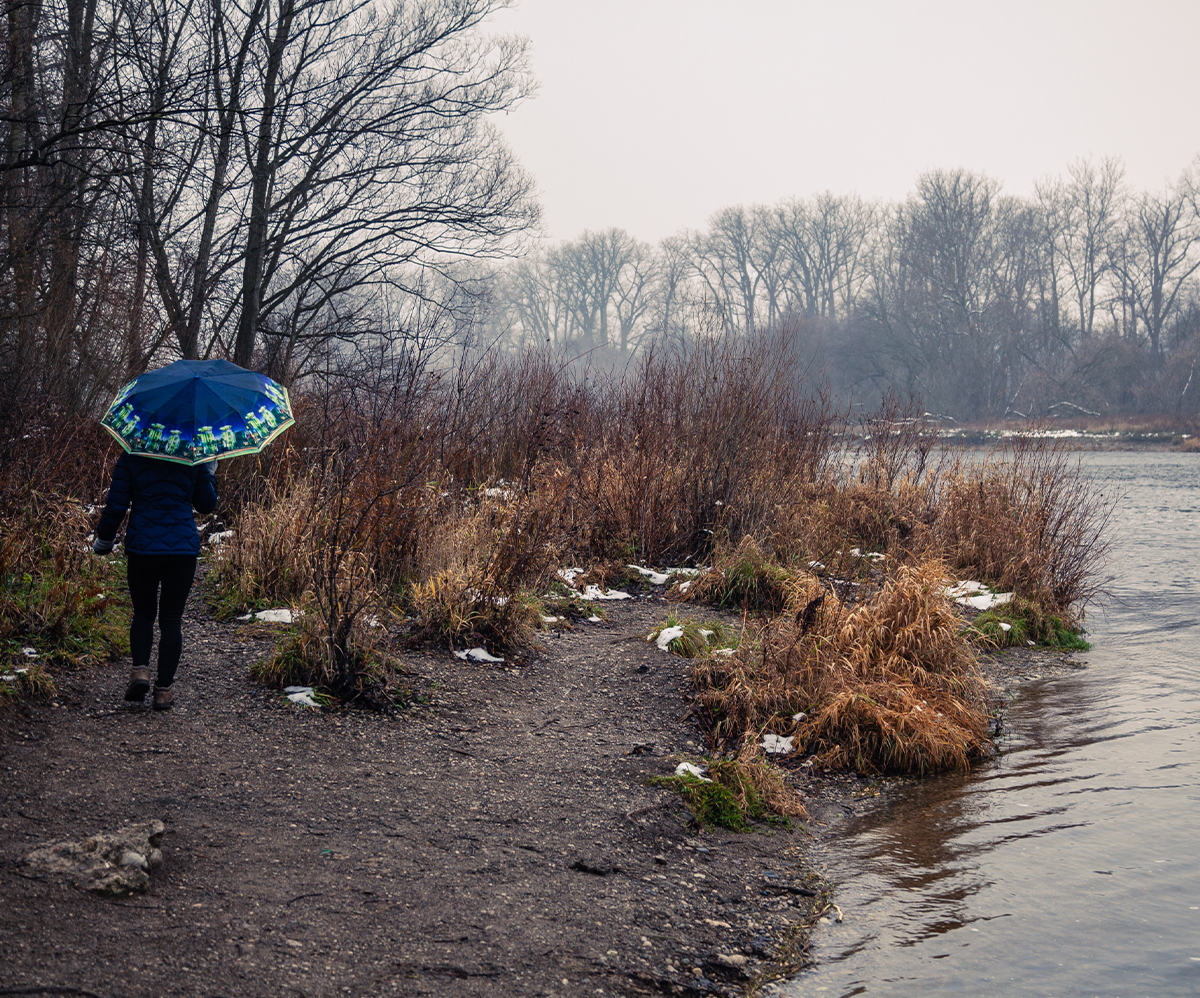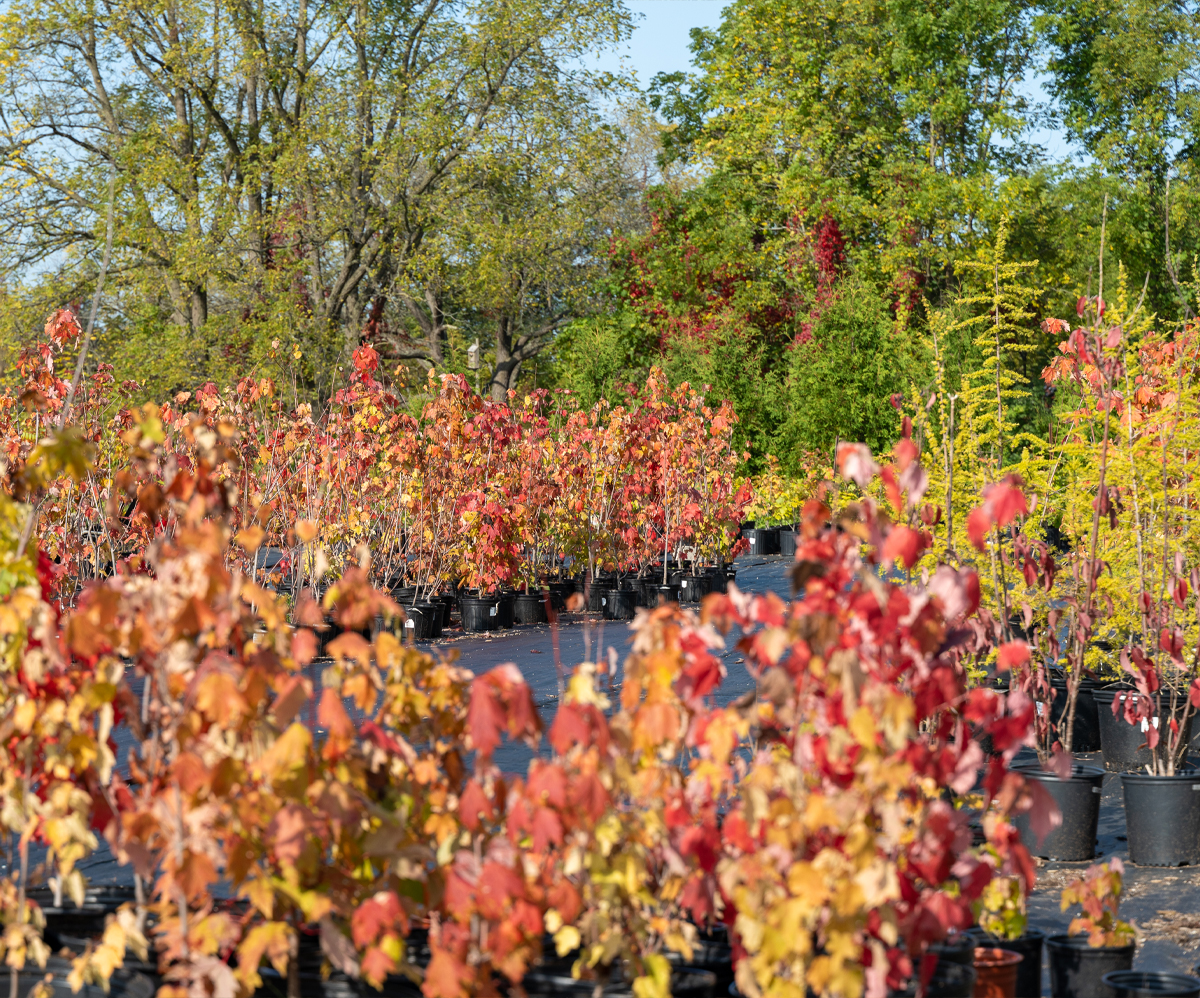

Welcome to Kayanase, our hidden gem nestled along the Grand River in Southern Ontario. As you step onto our lush grounds, you'll be greeted by breathtaking landscapes and a rich diversity of flora and fauna.
READ MORE
In today’s fast-paced world, it’s easy to lose touch with the natural world around us. At Kayanase, we believe that fostering a connection with nature is essential—not just for our own well-being but for the health of the environment we all share.
READ MORE
As the leaves start to change and the air turns crisp, many of us think of fall as the time to wind down our gardening efforts. But did you know that autumn is actually a prime time to plant native species? It’s true—while spring may be the season traditionally associated with planting, the fall months offer unique advantages that can give your garden a head start come springtime. If you're passionate about supporting local ecosystems and creating a garden that works in harmony with nature, fall gardening is for you!
Native plants are perfectly adapted to the local climate, making them a hardy, low-maintenance choice for any garden. When you choose to plant native species, you're also choosing to support biodiversity by creating a haven for wildlife. From providing nectar and pollen for bees and butterflies to offering seeds and shelter for birds and small mammals, native species are a win-win for both your garden and the environment.
On top of that, native plants are experts in improving soil structure and reducing erosion. Their deep roots help prevent water runoff and filter rainwater, improving water quality by minimizing pollutants entering waterways. By opting for native plants, you’re contributing to healthier ecosystems and cleaner environments.
Strong Roots Before Winter
Fall offers the ideal combination of cooler temperatures and increased rainfall, allowing plants to establish robust root systems before winter sets in. This head start means native species planted in the fall are more likely to thrive once spring arrives. The roots will continue to grow during the cooler months, helping plants become more resilient to both the cold and the dry heat of summer.
Nature’s Own Cycle
Many native species naturally drop their seeds in the fall, allowing them to undergo a process called cold stratification, where exposure to freezing and thawing helps break their dormancy. By planting seeds in autumn, you're mimicking this natural cycle, giving your seeds the best chance to sprout in the spring.
Eco-Friendly and Low Maintenance
One of the major benefits of planting native species is their natural adaptation to the local environment. This means they need less watering, fewer fertilizers, and no pesticides, making them an eco-friendly choice for your garden. Since fall brings more consistent rainfall, you’ll spend less time watering your plants, reducing the need for constant maintenance.
Supporting Local Wildlife
Native plants are the cornerstone of biodiversity. By planting them, you’re providing essential food, shelter, and habitat for local wildlife such as pollinators, birds, and small mammals. Fall is an especially crucial time for species preparing for the winter months, and your garden can play a vital role in supporting their survival.
If you’re ready to embrace the benefits of fall gardening, here are a few tips to help your garden flourish:
Prepare Your Soil: Before planting, take some time to prepare the soil. Remove any weeds, loosen the soil, and consider adding organic matter like compost to give your plants a nutrient-rich environment.
Mulch for Protection: Applying a layer of mulch around your newly planted species can help protect the soil from temperature fluctuations and retain moisture during the colder months.
Start Small: If you’re new to gardening with native species, begin with just a few plants and observe how they fare over the winter. This will help you learn their growth patterns and how to best support them as they grow.
By planting native species in the fall, you're not only setting your garden up for a vibrant spring but also supporting local ecosystems. The benefits—stronger plants, less maintenance, and a thriving habitat for wildlife—make fall gardening an excellent way to contribute to the health of your environment. So, don’t pack away your gardening tools just yet—this fall, dig in and give native species a place to grow!
Let Kayanase help you turn your garden into a vibrant, biodiversity hotspot with native plants this fall. We're here to help bring your vision to life, every step of the way!